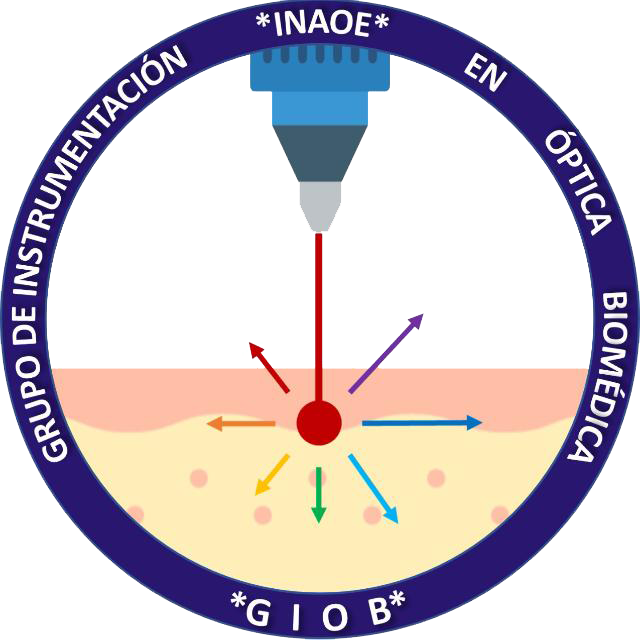RESEARCH
At the Biomedical Optics Instrumentation Group (GIOB) within the Optics Coordination of the National Institute of Astrophysics, Optics, and Electronics (INAOE), our focus is on developing and applying a range of diagnostic techniques to enhance disease detection. Some of the techniques we specialize in include:
- Raman Spectroscopy
- Diffuse Reflectance Spectroscopy
- Transmission Spectroscopy
- Optical Coherence Tomography (OCT)
- Video Reflectometry
- Hyperspectral Imaging
Moreover, we concentrate on designing and developing optical and electronic instruments tailored to meet the precise requirements of hospital settings.
Developed and Ongoing Projects
Throughout our years of research, we have addressed various diseases, with skin diseases being one of our first projects. In this regard, we investigated methods for diagnosing skin cancer and detecting bilirubin in neonates using diffuse reflectance spectroscopy.
Since 2010, we have been developing tools for diabetes detection using Raman spectroscopy. Our proposal includes an in vivo study of glycated hemoglobin, besides the development of data analysis tools to quantify the amount of glucose in the individual without the need for blood extraction.
Another field we have ventured into is breast cancer. We have analyzed thermographic images and are currently developing a prototype that mimics the characteristics of the breast, enabling us to simulate optical properties and attributes of healthy and diseased breasts. Additionally, we are exploring breast cancer-related biomarkers using Raman spectroscopy.
In collaboration with dental specialists, we have worked on the characterization of dental pieces and oral diseases, resulting in several publications in this field.
In 2020, we embarked on researching bone diseases, focusing on osteoporosis and osteoarthritis. For this project, we employ Spatially Offset Raman Spectroscopy (SORS). The results obtained so far are very promising, and we continue to make progress in this field to improve the detection of these diseases.
